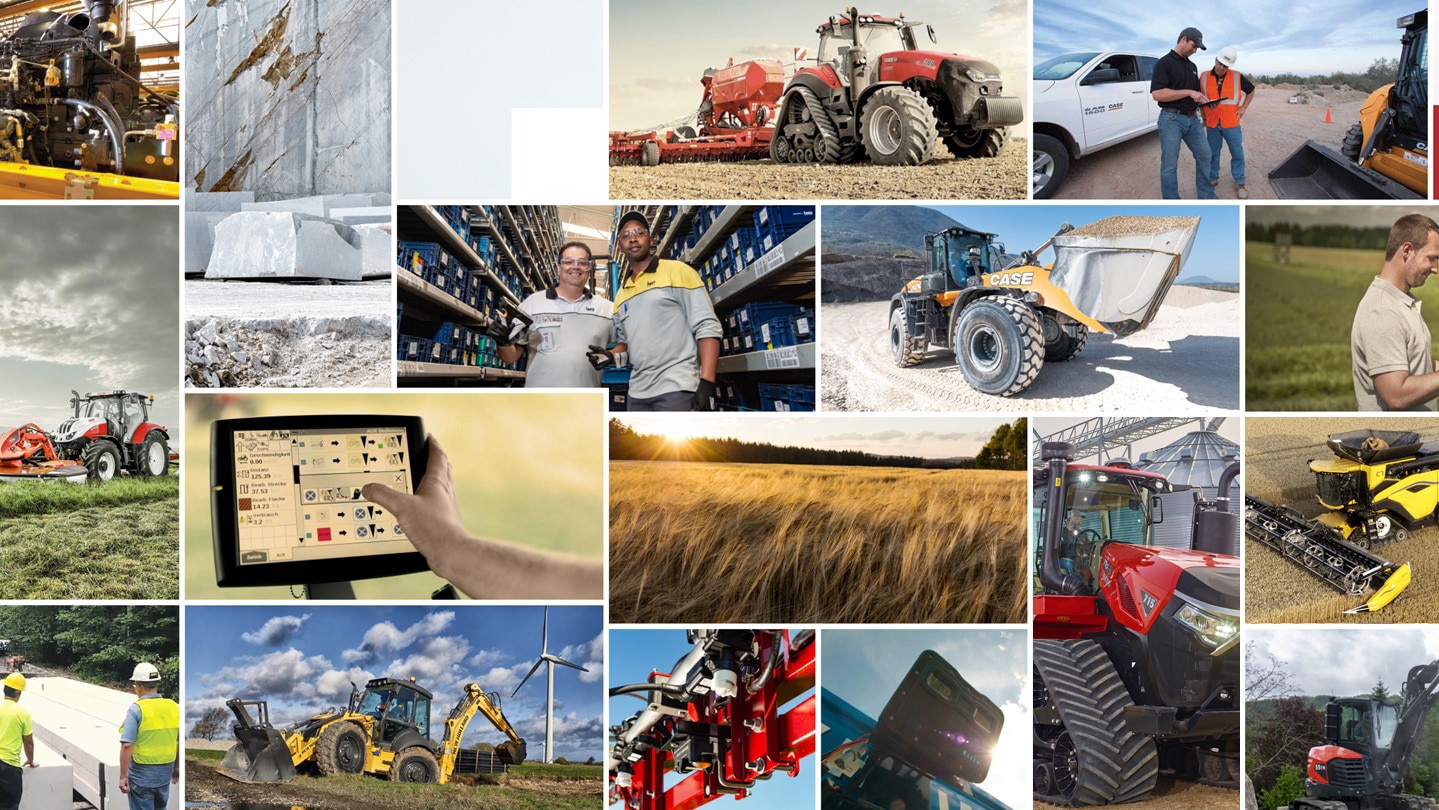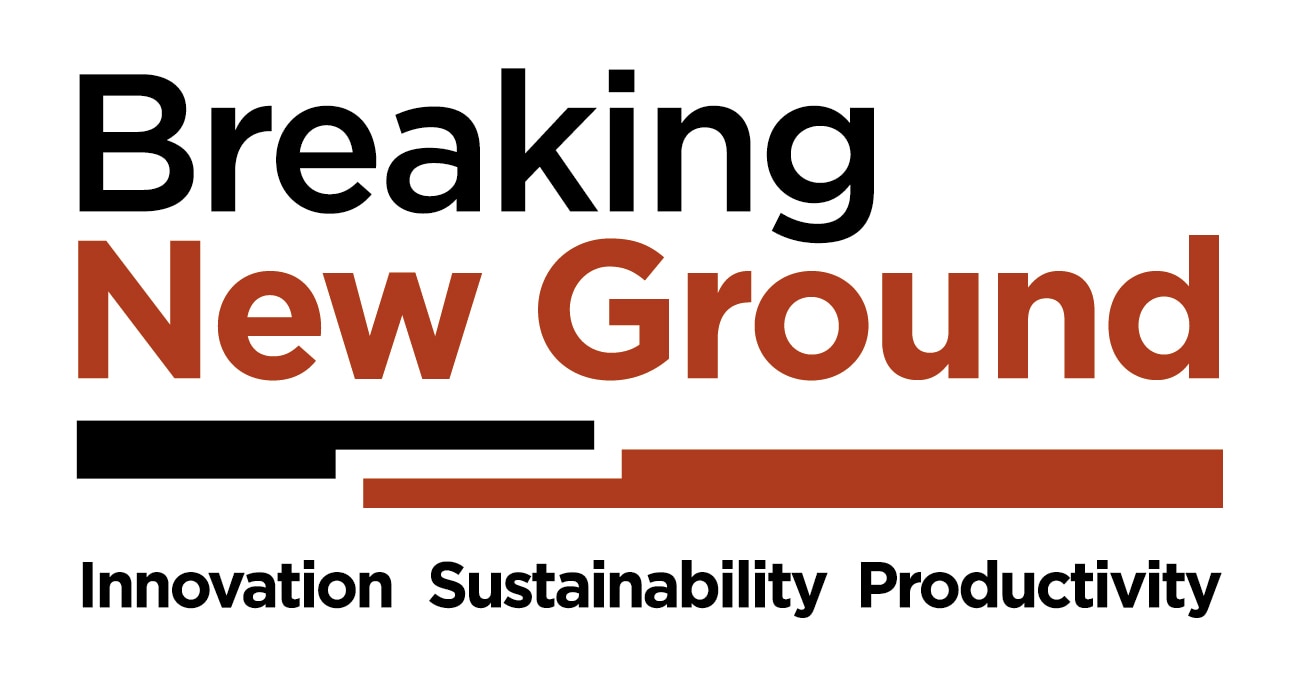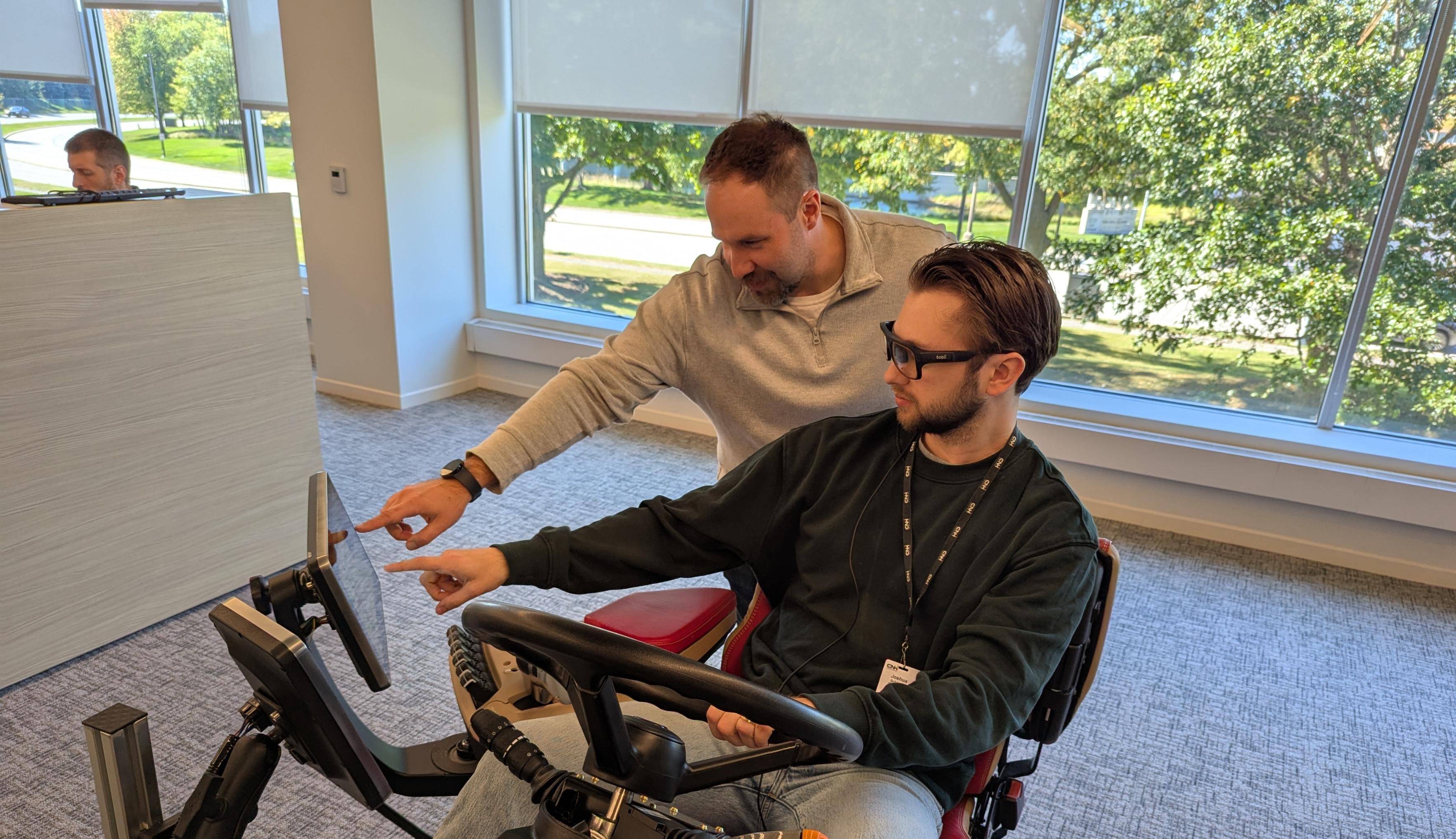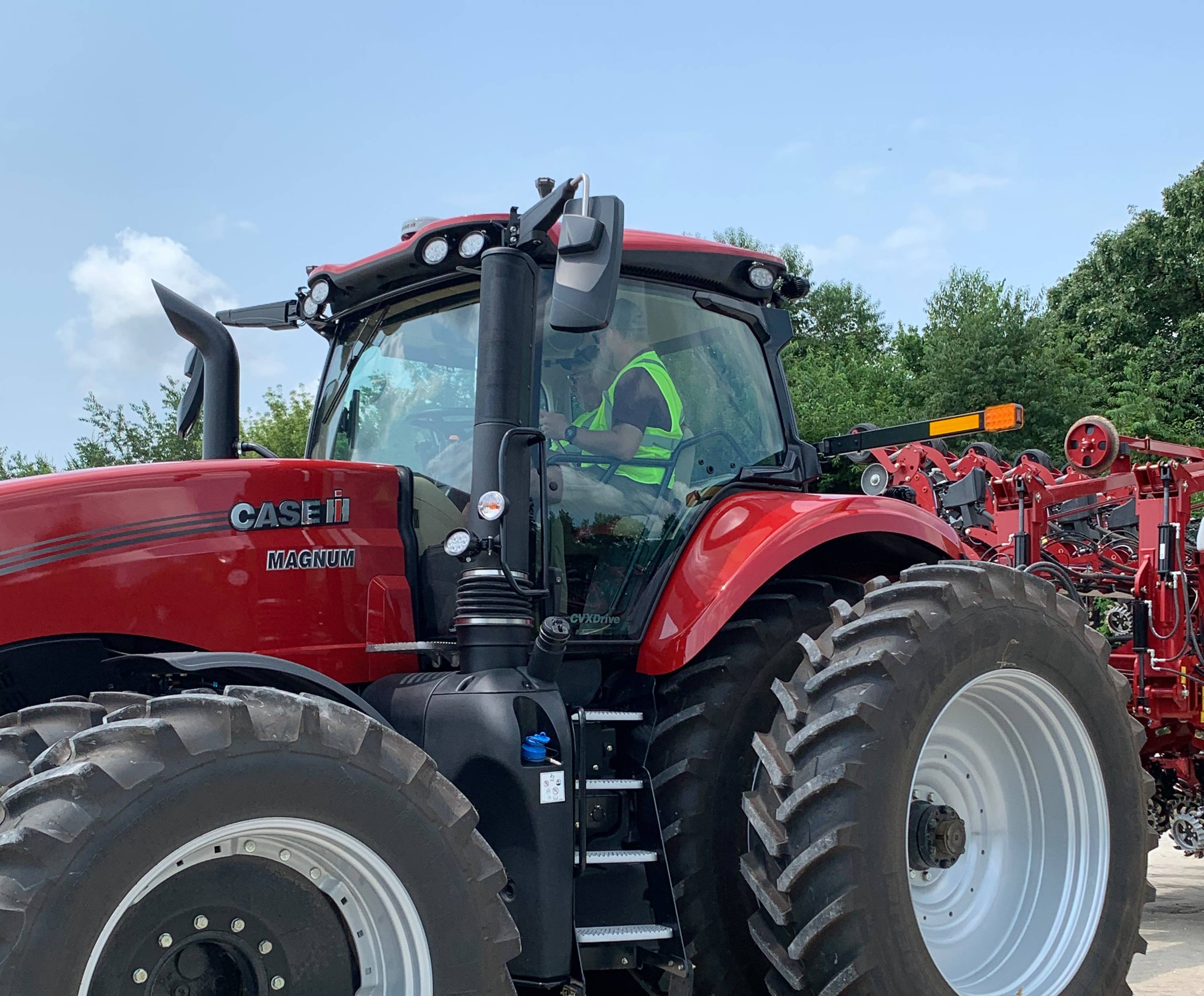



CNH: Powering innovation through
customer experience testing
At CNH, we don’t just build machines - we build them with our customers. Innovation happens hand-in-hand with the farmers we serve, blending rugged engineering with smart tech designed to tackle real challenges in the field.
Our User Experience (UX) Research Team connects with growers around the globe to ensure every product we create delivers comfort, ease of use, and productivity. At the heart of this effort is Steve Mapes, CNH’s Manager of User Experience Research. Steve brings ideas to life by taking them straight to the people who use our machines every day - our customers. Their insights guide our designs, resulting in smarter cabs, better controls, and seamless digital experiences. To fuel this feedback loop, Steve’s team uses a custom-built 1,000-member CNH Customer Panel - a thriving community where customer voices lead the way through various engagements styles. Furthermore, the team is leveraging artificial intelligence to optimize efficiency and enhance the use of diverse data sources and engagement channels. Whether it’s summarizing libraries of customer interviews, consolidating and cataloging artifacts created during customer engagements or just automating tasks, AI is helping them be more efficient, effective and highly driven towards putting our customers first.
How does immersive user testing work in the real world?
For Steve and his team, no detail is too small when it comes to enhancing the operator experience. Whether it's repositioning buttons for ideal positioning for users or reimagining the entire tractor headliner for better comfort, every tweak counts. The team uses cutting-edge tools such as 3D printing and eye-tracking technology - to bring prototypes to life. Instead of just seeing concepts on a screen, customers can physically test new armrest designs or control layouts in real cabs.
“With 3D printing, we can take the frequent design updates directly from our UX Digital Design teams and quickly create interactive prototypes that go right into the cab. A farmer can sit down, rest their arm, and tell us exactly what feels right or what feels off. Eye tracking lets us watch how their gaze moves across a display, where they fixate, or what attracts their focus. If they find things quickly and effortlessly, we know we’re on the right track,” explained Steve.
But the work doesn’t stop in the lab




